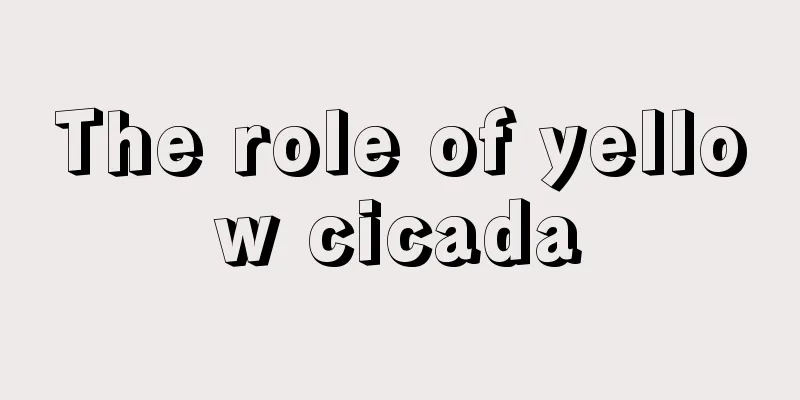How to cultivate Green King

1. Maintenance methods1. Temperature: 20 to 30 degrees is the most suitable range for its growth. Similarly, during the breeding period, it can also be within this range. It has poor cold tolerance. Generally speaking, it will go into hibernation when the temperature drops to thirteen degrees. Therefore, during the winter, the minimum temperature cannot be lower than five degrees. 2. Light: Green King loves light very much, otherwise it will not be able to carry out photosynthesis. Therefore, you need to always place it in a place with sufficient sunlight. Unless the light is too strong, there is no need for shade. Especially in spring and autumn, try not to keep it indoors all the time. It is more appropriate to place it outdoors to receive good sunlight. 3. Watering: Green Tyrant is very drought-resistant, and it is very afraid of waterlogging. Therefore, do not allow water to accumulate in any season. You can replenish water according to the principle of "better dry than wet" and keep it slightly moist. 4. Fertilization: Fertilization can be done once a month, and there must be base fertilizer in the soil. When applying fertilizer, be careful not to use a concentration that is too high. 2. Breeding techniques1. Reproduction: It can be propagated by division. It is best to do this in early spring. Choose a mother plant and clean up the soil around it. Divide the mother plant into base parts based on the root system, each of which needs to have a certain amount of roots. After dividing, you need to apply some wood ash and put them in pots separately after the wounds are dry. 2. Repotting: For Green King, repotting is a very important step. Do not leave it unchanged for a long time. Generally speaking, it is best to replace it once a year. If conditions do not permit, you can replace it once every two years. You can use sandy soil or other soil with good drainage and air permeability, and add base fertilizer to increase the nutrients in it. 3. Problem diagnosis and treatment1. Diseases: The main diseases are aimed at leaves, such as "leaf spot" and "anthracnose". Generally speaking, they occur more frequently in summer and autumn, especially when the ventilation conditions are poor. You can provide more ventilation and sunlight, and use pesticides at the same time, which will have a better effect of prevention and control. 2. Pests: "Aphids" and other pests are relatively common and can be controlled by spraying omethoate. IV. Other issues1. Toxicity: It is non-toxic, and as its name suggests, it has a strong ability to absorb harmful substances. 2. Can it be raised at home: Very suitable. |
>>: Purslane cultivation method
Recommend
What is the row spacing when planting camellia?
1. Plant spacing and row spacing The general hori...
Why do we need to turn and dry the soil before planting vegetables (is it better to turn and loosen the soil when planting vegetables when it is wet or dry)
Why do we need to turn over and dry the soil befo...
Breeding methods and precautions of Guangdong Evergreen
Guangdong Dieffenbachia is famous for its broad, ...
How to care for wintersweet bonsai
1. Reasonable watering Wintersweet is very afraid...
How to grow green radish well? Indoor maintenance methods
The green ivy is really easy to grow. It is a gre...
White radish planting time and key points
Radish , as a nutritious and storable vegetable ,...
Do Buddhist beads like the sun?
Buddhist beads Buddha beads are sun-loving plants...
The efficacy and function of Dendrobium nobile
1. As a medicinal material Traditionally, this pl...
How to propagate African jasmine by cuttings? Methods to achieve a high survival rate of cuttings
In the reproduction of African jasmine, the commo...
What is the best month to plant coriander in the north? What is the best time to plant coriander in the open field in the north?
Which month is suitable for planting coriander in...
How to pollinate blueberries in balcony pots
Pollination method of blueberries in balcony pots...
Huilan repotting time and method repotting operation steps (illustration)
Huilan repotting time The potting soil of Cymbidi...
Are you always worried about not being able to grow “Asparagus Fern”? It’s not that difficult. If you fertilize well, asparagus fern can also grow green!
Many people also like asparagus fern, but because...
How to propagate lantern flowers and precautions
Lantern flower reproduction method Lantern flower...
How many days will it take for the plant to recover after being wilted after being repotted?
Repotting is a common operation in plant care, wh...









